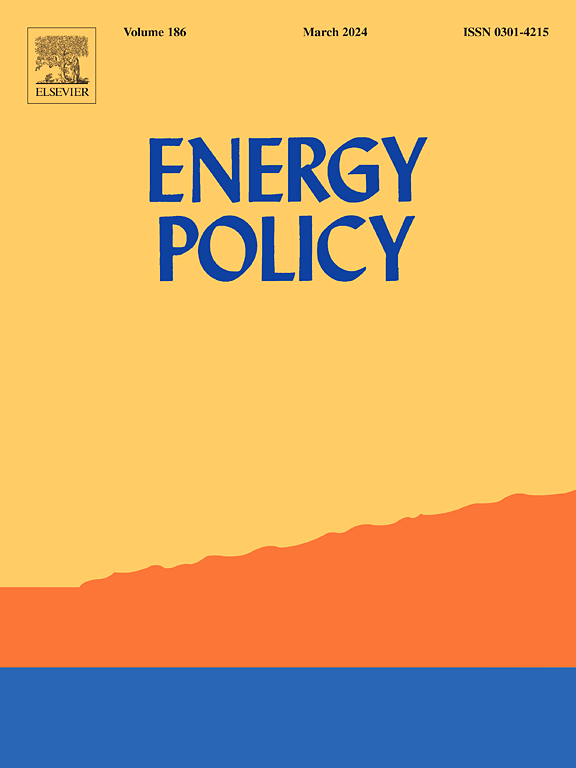Quantifying the cost savings of global solar PV and onshore wind markets
IF 9.3
2区 经济学
Q1 ECONOMICS
引用次数: 0
Abstract
Over the past decade, the capital costs of solar PV and onshore wind declined rapidly due to global markets. However, international renewable energy policies are pivoting towards national technology developments and productions. By considering the domestic components and international spillovers of experience and knowledge stock, this study develops the integrative learning curve model to investigate the mechanisms of solar PV and onshore wind technology cost developments in the United States, Germany, and China. The results show the importance of experience and knowledge spillover effects and stable public RD&D expenditures in technology cost developments. To quantify the historical and future cost savings of global solar PV and onshore wind markets, the national market scenario is defined as three countries implement nationalistic policies to reduce their dependence on global markets. By comparing estimated capital costs in global and national market scenarios, this study finds that experience and knowledge spillover effects from global markets save significant costs for three countries. Compared to China, the United States and Germany benefit relatively more from global markets due to higher unit cost savings. Finally, policy implications are proposed to guide global low-carbon energy transitions.
求助全文
约1分钟内获得全文
求助全文
来源期刊

Energy Policy
管理科学-环境科学
CiteScore
17.30
自引率
5.60%
发文量
540
审稿时长
7.9 months
期刊介绍:
Energy policy is the manner in which a given entity (often governmental) has decided to address issues of energy development including energy conversion, distribution and use as well as reduction of greenhouse gas emissions in order to contribute to climate change mitigation. The attributes of energy policy may include legislation, international treaties, incentives to investment, guidelines for energy conservation, taxation and other public policy techniques.
Energy policy is closely related to climate change policy because totalled worldwide the energy sector emits more greenhouse gas than other sectors.
 求助内容:
求助内容: 应助结果提醒方式:
应助结果提醒方式:


